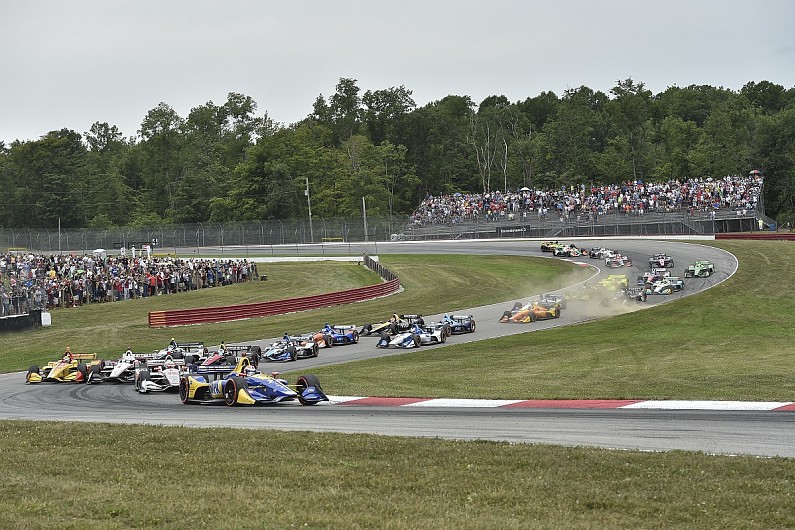Get unlimited access
You have only 5 articles remaining to view this month.
IndyCar will introduce new guidelines to determine whether a driver is eligible to race in the series in its own version of Formula 1’s superlicence requirements for 2019.
It is understood that IndyCar’s resurgence – attracting four additional teams for the current season – was part of the reason to install the guidelines, which have been shown to Autosport.
The other reason is to help boost its feeder categories, with IndyCar outlining plans to reduce costs in the Indy Lights series a day after Mazda ended its Road to Indy involvement during a Lights season that has had a fluctuating grid size.
Under the new guidelines, drivers who have actively competed in F1 and the NASCAR Cup Series will be automatically eligible for an IndyCar drive.
Indy Lights competitors will be eligible if they have competed in one full-season and finished in the top three of the championship.
Drivers from outsides those three categories will be evaluated via their competitive record in global motorsport series – with a minimum of 30 points required over a two-year period.
Reportedly, ex-Mercedes DTM driver Robert Wickens, Formula 2 convert Jordan King and journeyman single-seater driver Rene Binder would have required dispensation to earn a license if the system had been implemented ahead of 2018.
F2 driver Santino Ferrucci, who is said to be considering an IndyCar switch, is believed to also require dispensation to race in the series.
IndyCar will also implement a testing licence, which will be gained once a driver has competed in eight Indy Lights events unless they have scored two wins in the current season before that benchmark.
A third tier Pro Mazda series driver can only be eligible for IndyCar testing after he or she has recorded three victories.
IndyCar has also outlined its plans to boost Indy Lights participation by reducing overall budgets, increasing prize money and expanding IndyCar testing, with estimated savings of $100,000.
The Indy Lights champion’s scholarship will increase to $1.1 million to cover a three-race IndyCar season that includes the Indianapolis 500.
